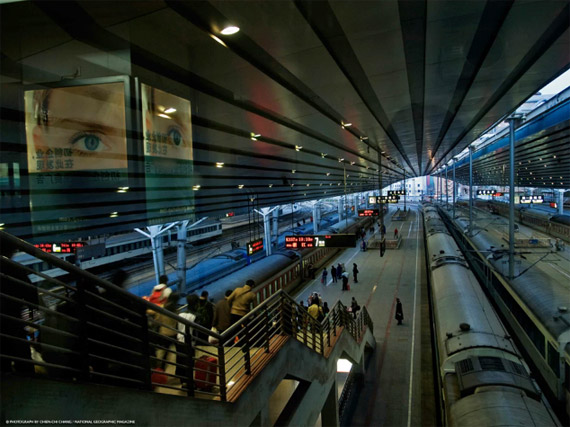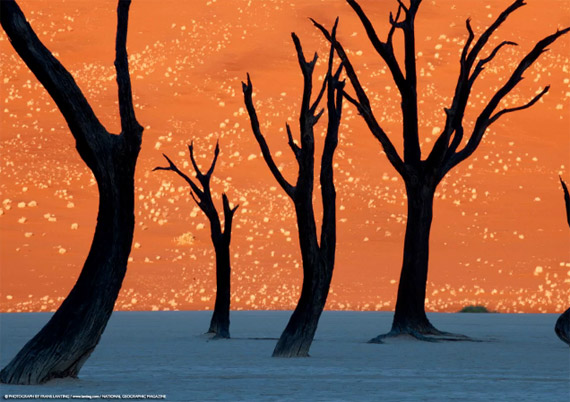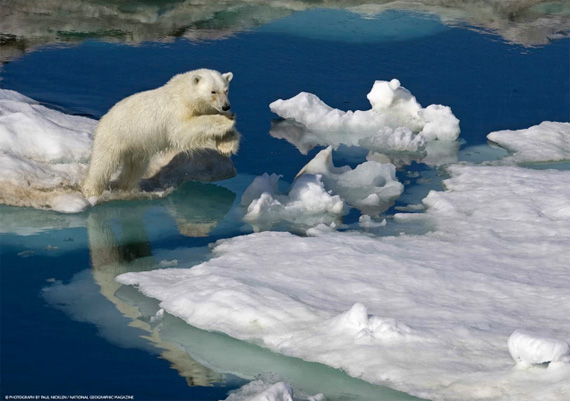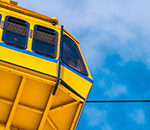Many photographers dream of getting published in National Geographic and it’s not just the fierce competition keeping them from realizing their dreams. You have to know what the photo buyers are looking for. What is it exactly that is going to catch the eye of National Geographic and make your photograph stand out from the other thousands of photographs the buyers look at? What should you expect if your photograph is chosen? National Geographic’s Senior Photo Editor, Elizabeth Krist, recently participated in a webinar in which she goes into great detail of the entire process and you can watch the entire thing right here:
Krist starts things out by explaining the layout of the book and breaking down all it’s departments. The first two, Visions & Your Shot are where most user submitted images will be published. Visions, Krist says, is composed mostly of professional photographers, whereas Your Shot is mostly amateur photographers. Keep these pointers in mind if you are trying to get into one of those departments.
- Don’t watermark your images.
- Don’t submit on Monday!
- No Photoshop is allowed.
- Avoid submitting images of the most photographed subjects such as peacocks, hummingbirds, & frogs.
- Images published in Visions is payed, but Your Image photographs are not. For either department, National Geographic will retain rights to publish the image at any point in the future.
- Feature photographers for National Geographic can expect a quite a different experience when working with magazine.
- Looking for photographic revelations on culture, history, science, environment, politics, etc…
- Prefer narratives over single images.
- Looking for photographers with “deep intellectual curiosity”
- Feature photographers are generally in the field for 4-12 weeks on assignment
- Photographers are deeply involved in all the stages of producing the story. They will work in the headquarters in addition to the field.
“Photographers are Gods here.”
Catching the attention of National Geographic doesn’t just come by submissions either. Krist speaks briefly in the video of other ways it’s possible to get commissioned by the magazine. If you want to grab Krist’s eye, she suggests the following:
- Participate in photo festivals as a photographer and/or speaker.
- Attend portfolio reviews. Show a dedication to long term projects.
- Knowing the right people and acquiring a referral from them.
- Gain access to rare and private events or worlds that are otherwise rarely seen.
Another interesting fact brought up in the webinar is that 50% of the stories National Geographic runs are conceived by freelance photographs and writers. The other half are products of National Geographic staff members. National Geographic no longer has staff photographers, but instead select their feature photographers from a core group of proven photographers.
Like This Article?
Don't Miss The Next One!
Join over 100,000 photographers of all experience levels who receive our free photography tips and articles to stay current:








“Gain access to rare and private events or worlds that are otherwise rarely seen.”
How are we supposed to do that without the connections or the sort of credibility that one gets FROM publishing in something like National Geographic? It’s a circular argument! I can’t get access to “private events” and such because I don’t have the credentials/credibility gained by shooting at such events!
I really did not have a clue as to how NG picked images for its publications.
Very interesting article and video, thank you